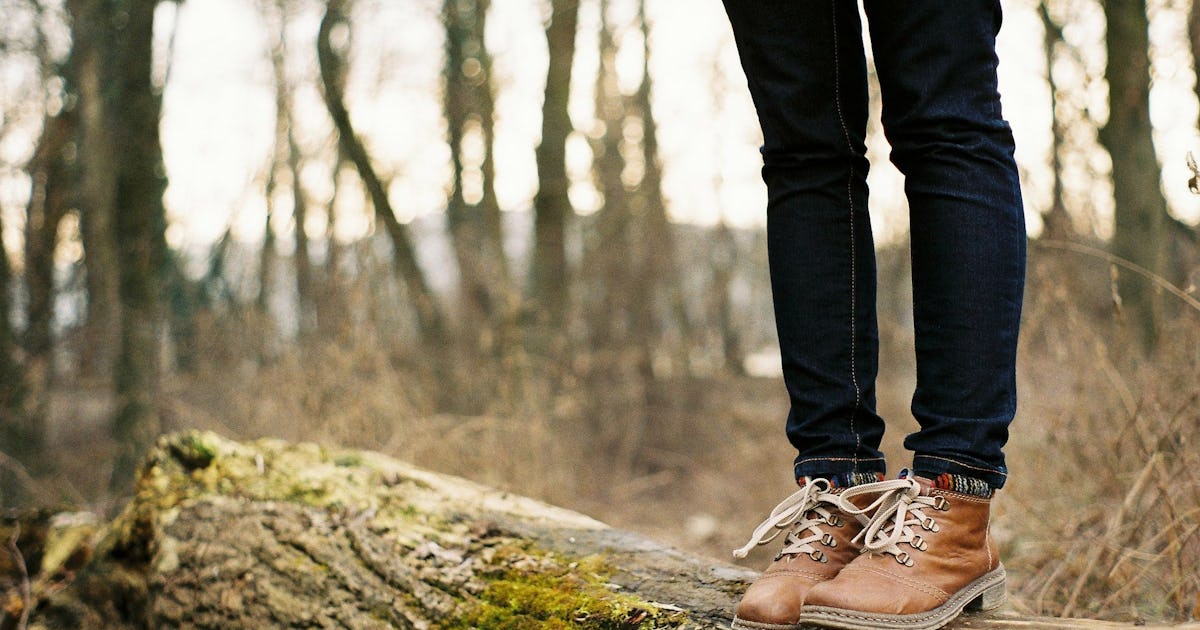
The user should avoid making some mistakes when choosing the boots such as Danner boots, which can cost him peace of mind and enjoyment on the trail.
Mistake 1: Choosing The Wrong Size
Mountain boots are not the same as running shoes. Boots are usually more robust and have reinforcements at the tip. As it is the most complicated terrain, requiring the practitioner to climb, descend, and make a greater effort than running on asphalt, this boot protection can be a disadvantage. The toes start to hit the tip, causing the nails to turn black and even fall.
In the case of running shoes, friction between the toes and the tip of the shoe causes them to break almost every time, preventing damage to the toes and nails.
That’s why it’s essential to choose the size of your boot well, so look for a model that you think will fit you well. When shopping, the idea is to experiment with the socks you usually use for hiking.
The toes should have relatively short space and should not be too big, as the foot will be too loose. A tip to mark the space needed. It’s putting your foot in the boot without tying the shoe and inserting your index finger through the heel until it touches the insole. This must be the suitable space that must be available.
Mistake 2: Choosing The Wrong Shape
The boot’s shape is something different from the size, as it varies depending on the manufacturer or model. As boot size increases, larger sizes tend to be narrower than smaller ones on the wearer’s feet. This makes the toes not have enough space, and the boot is uncomfortable. If the opposite happens and it’s too wide for your foot, it may not hold you well and cause instability.
The shapes of hiking boots vary depending on whether they are for men or women. Only experimenting will discover the best model that adapts to the shape of the foot.
Mistake 3: Not Analyzing The Soles Of Boots
On the soles of the boots, you can see that each section is different. The reason for this is because each zone has its function: grip, braking, etc. Some nails serve to receive impulses, while others have the opposite mission: to cushion the weight. Many outdoor enthusiasts opt for well-maintained trails that don’t require a ton of traction. For easier walking and everyday wear, look for a multifunctional sole with a mix of bumps, circles, and multidirectional scribbles.
These shallow bumps and mixed tread patterns are good on grass, dirt, foliage, pavement, gravel, and easy to moderate trails that are not too steep. However, if you need more specialized traction for moderate to challenging terrain, you should choose another sole type.
